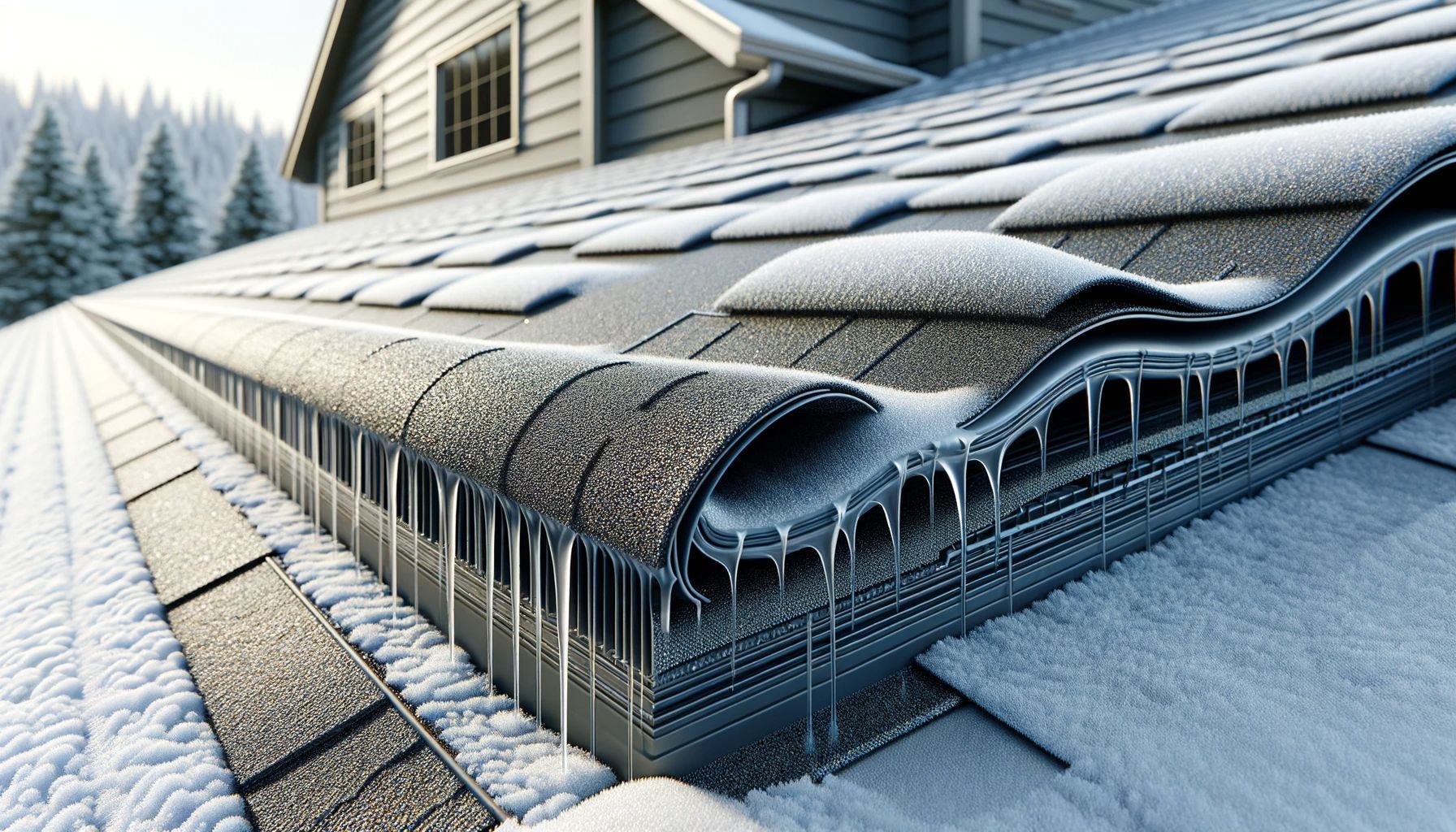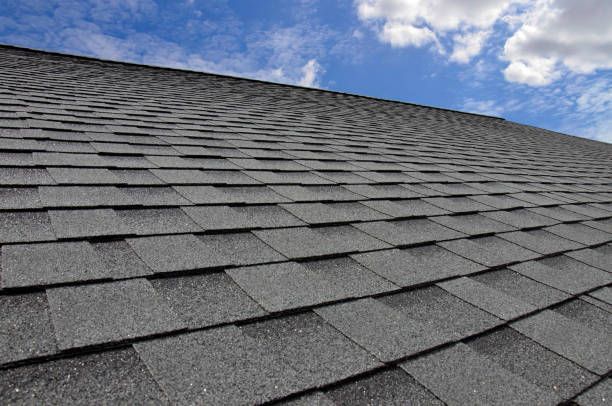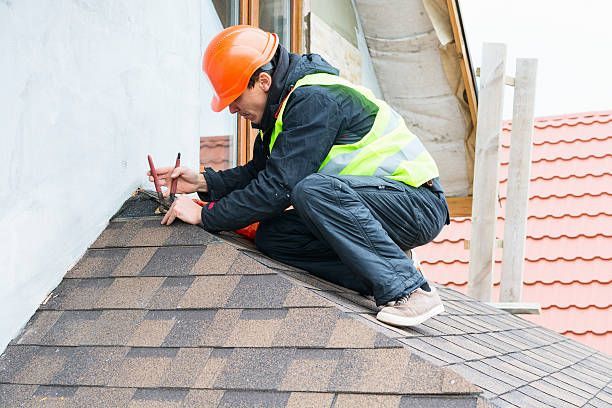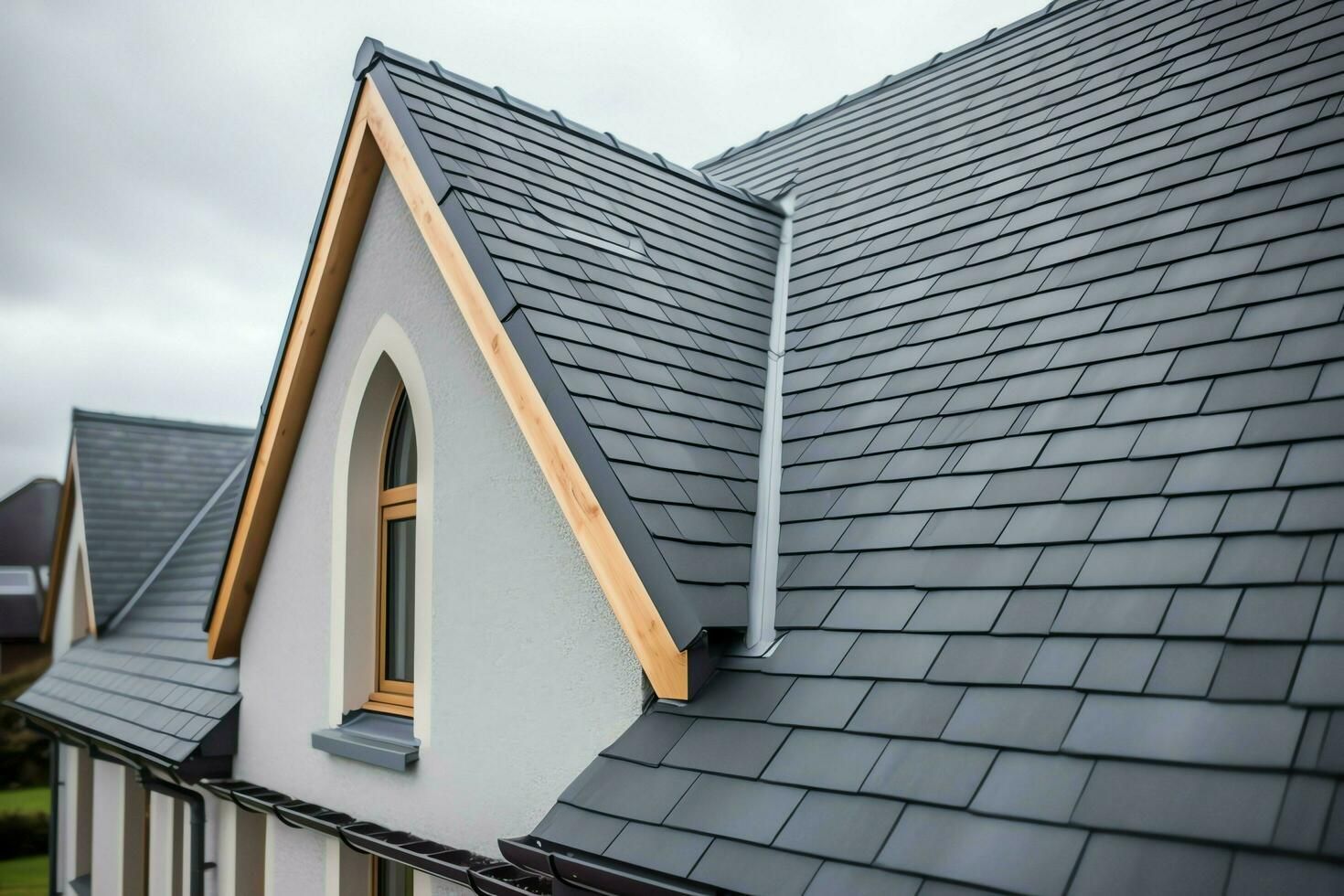Choosing the Right Roofing Felt: What You Need to Know
When it comes to roofing, most homeowners focus on visible elements like shingles or tiles. However, one crucial component often goes unnoticed—the roofing felt. Roofing felt, also known as underlayment, plays a vital role in protecting your roof and home from the elements. At Alexander’s Roofing, we know that choosing the right type of felt is key to the longevity and effectiveness of your roof.
In this blog, we’ll walk you through the different types of roofing felt, their benefits, and important factors to consider before making your choice.
What is Roofing Felt and Why is It Important?
Roofing felt is a protective layer installed between your roof’s decking (the wooden structure) and the outer roofing material, such as shingles or metal panels. It serves several critical functions:
- Waterproofing: It acts as a secondary barrier to water in case the outer roofing material fails.
- Weather Protection: Felt shields your roof decking from wind, snow, and rain during the installation process and helps maintain protection over time.
- Fire Resistance: Some types of felt add a level of fire resistance, which can be beneficial in high-risk areas.
- Smooth Surface: It provides a uniform surface for installing shingles, helping to prevent unevenness or leaks.
Now that we’ve covered why roofing felt is so important, let’s dive into the different types and what you should think about when selecting the right one for your home.
Types of Roofing Felt
1. Traditional Asphalt-Saturated Felt (Organic Felt)
- Description: This is the classic type of roofing felt, made from a combination of organic materials like wood pulp or paper, and then saturated with asphalt.
- Thickness: It typically comes in two thicknesses: 15-pound (15 lb) and 30-pound (30 lb). The number refers to the weight of the felt per 100 square feet.
- Benefits: Asphalt-saturated felt is widely available, affordable, and offers solid protection for moderate climates. The 30 lb felt provides a thicker, more durable barrier than the 15 lb felt, making it better suited for harsher weather conditions.
- Considerations: Organic felt can wrinkle when exposed to moisture for prolonged periods, and it’s heavier and harder to work with than synthetic options.
2. Synthetic Felt (Non-Bitumen Synthetic)
- Description: Made from woven or spun synthetic fibers like polypropylene or polyester, synthetic felt is a newer, more advanced roofing underlayment.
- Benefits: It’s lightweight, more durable, and easier to install than asphalt-saturated felt. Synthetic felt is also resistant to UV damage and moisture, meaning it’s less likely to wrinkle or tear during installation. Its durability makes it a preferred choice in areas with extreme weather conditions.
- Considerations: Synthetic felt tends to be more expensive than asphalt-saturated options, but its superior performance often makes it worth the investment for long-term protection.
3. Rubberized Asphalt Underlayment
- Description: This type of felt is made from a combination of rubber polymers and asphalt, offering a self-adhesive option that provides a high level of waterproofing.
- Benefits: It offers excellent waterproofing capabilities and is ideal for areas prone to heavy rain or snow. It also provides a better seal around nails and fasteners, reducing the risk of leaks.
- Considerations: Rubberized asphalt is the most expensive option, and it may not be necessary for every roof. It’s best used in regions where heavy rainfall or snow accumulation is common.
Factors to Consider Before Choosing Roofing Felt
1. Climate and Weather Conditions
One of the most important factors in choosing roofing felt is your local climate. If you live in an area with heavy rainfall, snow, or high humidity, you may want to opt for a thicker or more durable option like 30 lb asphalt-saturated felt or synthetic felt. In contrast, if your area experiences milder weather, 15 lb felt may suffice.
2. Roofing Material
The type of roofing material you're using will also influence your choice of underlayment. For example:
- Asphalt Shingles: Asphalt-saturated felt works well with traditional asphalt shingles, but synthetic felt can provide an added layer of protection and durability.
- Metal Roofs: Because metal roofs tend to last longer and expand/contract with temperature changes, synthetic felt or rubberized asphalt underlayment is typically recommended.
- Tile Roofs: Tile roofs are heavier and may require more durable underlayment like synthetic felt or rubberized asphalt.
3. Budget
Your budget will also play a role in selecting roofing felt. Traditional asphalt-saturated felt is generally more affordable, making it a good option for budget-conscious homeowners. However, while synthetic felt may be more expensive upfront, its superior durability can result in lower long-term maintenance and repair costs.
4. Installation Time
If you’re concerned about weather exposure during the installation process, synthetic felt is your best bet. It can withstand prolonged exposure to the elements without deteriorating, unlike asphalt-saturated felt, which may wrinkle or weaken if exposed to moisture for too long.
5. Roof Slope
The slope of your roof can also impact your felt choice. Steeper roofs are more prone to water runoff, so using a more durable underlayment like synthetic felt can offer better long-term protection. For low-slope roofs, a rubberized asphalt underlayment may be ideal due to its superior waterproofing abilities.
6. Local Building Codes
Before making a final decision, it’s essential to check local building codes, as some regions may have specific requirements for underlayment based on climate, roof type, or other factors.
Conclusion
Choosing the right roofing felt is a critical decision that can greatly impact the longevity and performance of your roof. From traditional asphalt-saturated felt to advanced synthetic options, each type offers different benefits depending on your climate, roofing material, and budget.
At
Alexander’s Roofing, we’re here to help you make the best choice for your roof and ensure that your home stays protected for years to come. If you’re unsure which type of felt is right for your roof, give us a call or stop by for expert advice and guidance. We’re committed to providing the best roofing solutions for your home, no matter the season!





















